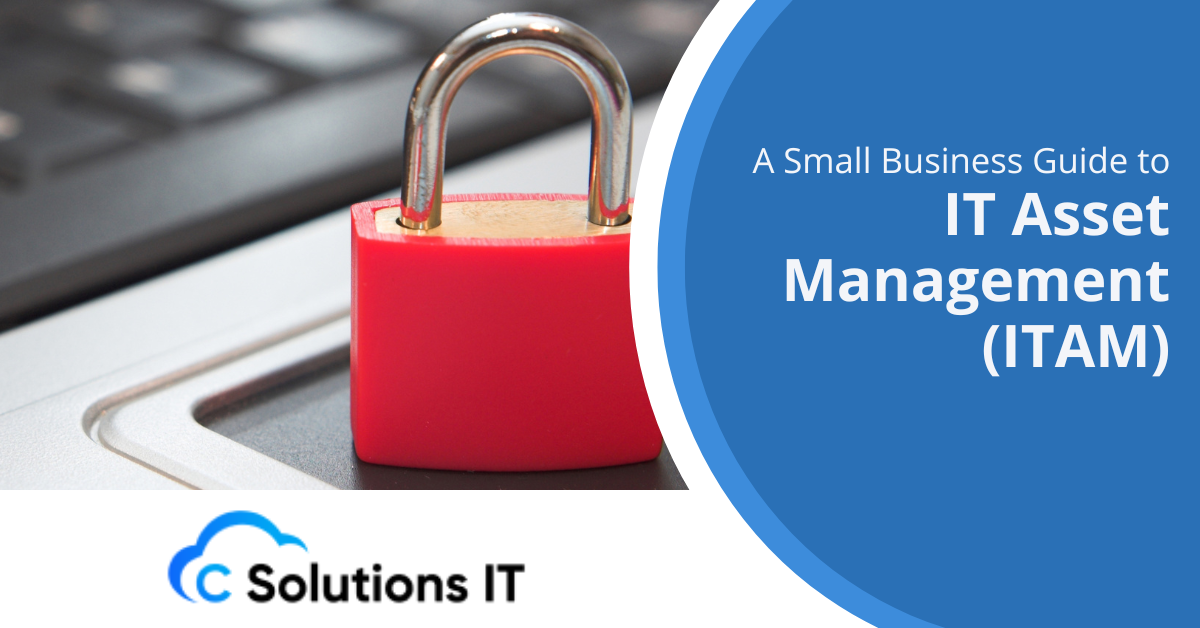A Small Business Guide to IT Asset Management (ITAM)

IT Asset Management (ITAM) may sound like something only big corporations worry about, but it’s just as essential for small businesses- especially in today’s tech-driven world where almost every business depends on technology. Imagine trying to manage your company’s finances without tracking expenses or revenue. It would be chaos, right? Well, that’s essentially what happens when you don’t manage your IT assets.
Your hardware, software, licenses, and cloud services form the digital backbone of your business. And yet, many small businesses either ignore ITAM or take a set-it-and-forget-it approach, leading to everything from unnecessary costs and compliance risks to potential cybersecurity breaches.
Implementing ITAM can be a game-changer for small businesses. It provides clear visibility and control over your technology, helps you scale more efficiently, respond quickly to security threats, and ultimately reduce long-term IT costs.
This article outlines a practical, step-by-step ITAM strategy designed specifically for small businesses. With these tips, you can take control of your technology, strengthen your operations, and set the stage for smarter growth.
Why Should Small Businesses Care About ITAM?
Why should small businesses care about ITAM? Because the risks of ignoring it are costly. When IT assets go untracked, laptops get lost when employees leave, unused software licenses continue draining your budget, and critical updates get missed, leaving devices open to cyberattacks. Compliance audits become nightmares without documentation, and unmanaged endpoints become easy targets for ransomware, as highlighted in Microsoft’s 2023 Cyber Signals report, which names unmonitored devices as a top threat vector.
Small businesses are particularly vulnerable because they often lack the resources to recover from such breaches. In fact, according to IBM’s 2023 Cost of a Data Breach Report, the average data breach cost for small businesses is over $2.5 million. But when you treat ITAM as a core business function, rather than an afterthought, you gain real, measurable benefits. These benefits include financial clarity on IT investments, improved audit and compliance readiness, stronger cybersecurity hygiene and smoother scalability as your team and technology grow.
What Are the Real Benefits of IT Asset Management?
Here’s what you really gain when you adopt a structured approach to managing your IT assets:
Cost Savings
Let’s start with the most compelling benefit: ITAM helps you save money. When you know what you own and how it’s being used, you’re less likely to double-purchase licenses or hold onto underperforming devices. You can retire outdated assets before they cost more in maintenance than they’re worth.
Better Security Posture
Cybersecurity isn’t just about firewalls and antivirus software. Knowing what devices and software are active in your environment lets you identify and address vulnerabilities before they’re exploited. ITAM supports patch management, secure disposal, and access control-all essential for security.
Easier Compliance
Whether it’s a software audit or industry regulation, ITAM helps you maintain records that prove you’re operating above board. You can show where licenses are installed, prove devices were wiped after employee turnover, and demonstrate due diligence during audits.
Improved Decision-Making
With ITAM, you’re not guessing about refresh cycles, device performance, or software renewals. You have data to support decisions about what to upgrade, what to retire, and where to invest next.
More Efficient Onboarding and Offboarding
When someone joins or leaves your team, asset tracking ensures their devices are deployed or returned securely. It helps reduce risk and simplifies IT operations.
How to Build an Effective ITAM Strategy for Your Small Business
You don’t need a massive budget or a fully staffed IT department to manage your tech assets like a pro. With the right steps in place, you can build an effective IT Asset Management (ITAM) strategy that scales with your small business and improves your overall efficiency and security. Here are the steps:
Step 1: Start with an Inventory Audit
Begin by conducting a complete inventory of all IT assets across your business. This includes hardware (like laptops, desktops, servers, and mobile devices), software (installed applications, licensed tools, and cloud subscriptions), and related service contracts.
A basic spreadsheet is enough to start, but as your tech stack grows, this manual method becomes harder to manage. At that point, consider moving to automated ITAM tools or partnering with a Managed Service Provider (MSP) that offers platforms that automatically discover and track assets.
Keeping a well-maintained inventory helps eliminate waste, identify gaps, and ensure assets are used appropriately. It’s also the foundation for everything else you’ll build into your ITAM program.
Step 2: Define the Asset Lifecycle
Every IT asset has a lifecycle; from the moment it’s purchased to the day it’s retired. Defining each stage of this lifecycle allows you to make smarter decisions about procurement, maintenance, upgrades, and secure disposal.
Documenting the lifecycle typically includes five phases:
- Procurement – Selecting and purchasing devices or software that fit business needs.
- Deployment – Configuring and assigning the asset to an employee or department.
- Usage – The period when the asset is actively used and monitored.
- Maintenance – Regular updates, repairs, and performance optimization.
- Retirement – Secure wiping, disposal, or recycling at the end of the asset’s useful life.
Having this structure helps you avoid surprises like out-of-warranty breakdowns or unplanned upgrades and ensures responsible asset handling throughout its lifecycle.
Step 3: Track Licenses and Subscriptions
Software management often gets overlooked until renewal time hits or compliance issues arise. To stay in control, build and maintain a central repository of all software licenses and subscriptions.
This step is critical for financial planning and avoiding common pitfalls like over-licensing, duplicate purchases, or software compliance violations.
Use a simple system to record:
- Product names and versions
- License types and number of users
- Subscription renewal or expiration dates
- Vendor details and service level agreements
Whenever possible, opt for subscription-based tools. These are generally easier to manage, scale, and renew, and they often come with automatic updates that help with security and compatibility.
Step 4: Implement Ownership and Accountability
Once you know what assets you have, the next step is assigning responsibility. Each asset should be assigned to a specific user, team, or department. This practice not only helps you track usage but also encourages proper handling and accountability.
If something breaks or goes missing, you know who to talk to. Plus, employees tend to take better care of equipment when they know it’s “theirs,” even if just temporarily. This approach also makes internal support and troubleshooting more efficient because assets are tied to users and departments within your system.
Step 5: Integrate with Security and Monitoring Tools
ITAM doesn’t exist in a vacuum. It should connect directly to your cybersecurity and monitoring platforms. When your asset data feeds into your Endpoint Detection and Response (EDR) tools, antivirus platforms, and Remote Monitoring and Management (RMM) software, you gain real-time visibility into the health and safety of your devices.
Here’s what this integration can look like:
- Pair assets with EDR software to detect threats or anomalies tied to specific devices.
- Enable centralized monitoring to track usage patterns and enforce updates or patches.
- Connect asset records with support tickets or incident response systems for faster diagnostics.
Step 6: Review and Refresh Your Inventory Regularly
Your IT environment changes constantly, new hires get laptops, departments add software, and old hardware gets retired. That’s why regular audits are essential.
Schedule periodic reviews of your asset inventory to confirm accuracy. Conducting quarterly or biannual check-ins will help you detect unused assets, outdated licenses, or hardware that’s fallen through the cracks. These regular updates make sure your ITAM system stays useful and relevant.
Step 7: Establish Policies and Train Your Team
A strong ITAM strategy needs clear policies and employee awareness. Define responsibilities such as promptly reporting lost or damaged equipment, using only assigned devices for work, following approved software installation procedures, and returning assets when changing roles. Include these guidelines in onboarding and reinforce them with regular training. When staff understand the purpose behind ITAM, they’re more likely to follow the rules and help protect your business.
Tips to Succeed with IT Asset Management
The key to effective ITAM is consistency. It’s not just about tracking assets once and calling it done. Here are some tips to keep your program running smoothly:
- Schedule regular audits (quarterly or semi-annually) to validate and update your inventory.
- Standardize purchasing by using approved vendors and maintaining a procurement checklist.
- Use naming conventions for devices and asset IDs to simplify tracking.
- Train your team to report changes, losses, or transfers of equipment.
- Review license usage annually to eliminate waste.
Treat ITAM as a Business Strategy, Not Just a Tech Task
IT Asset Management is one of those disciplines that quietly makes everything else work better. From saving money and improving cybersecurity to simplifying audits and enabling smarter growth, ITAM supports your business at every stage. You don’t need enterprise-level tools to get started. You just need a structured process, a little discipline, and possibly a trusted IT partner to help manage the details.
Are You Ready to Get Your IT Assets in Order?
Simplify your IT with C Solutions IT. We help small businesses implement smart, scalable ITAM strategies that save money, reduce risk, and support growth.
Get in touch with C Solutions IT today and take the first step toward smarter, more efficient IT management.
